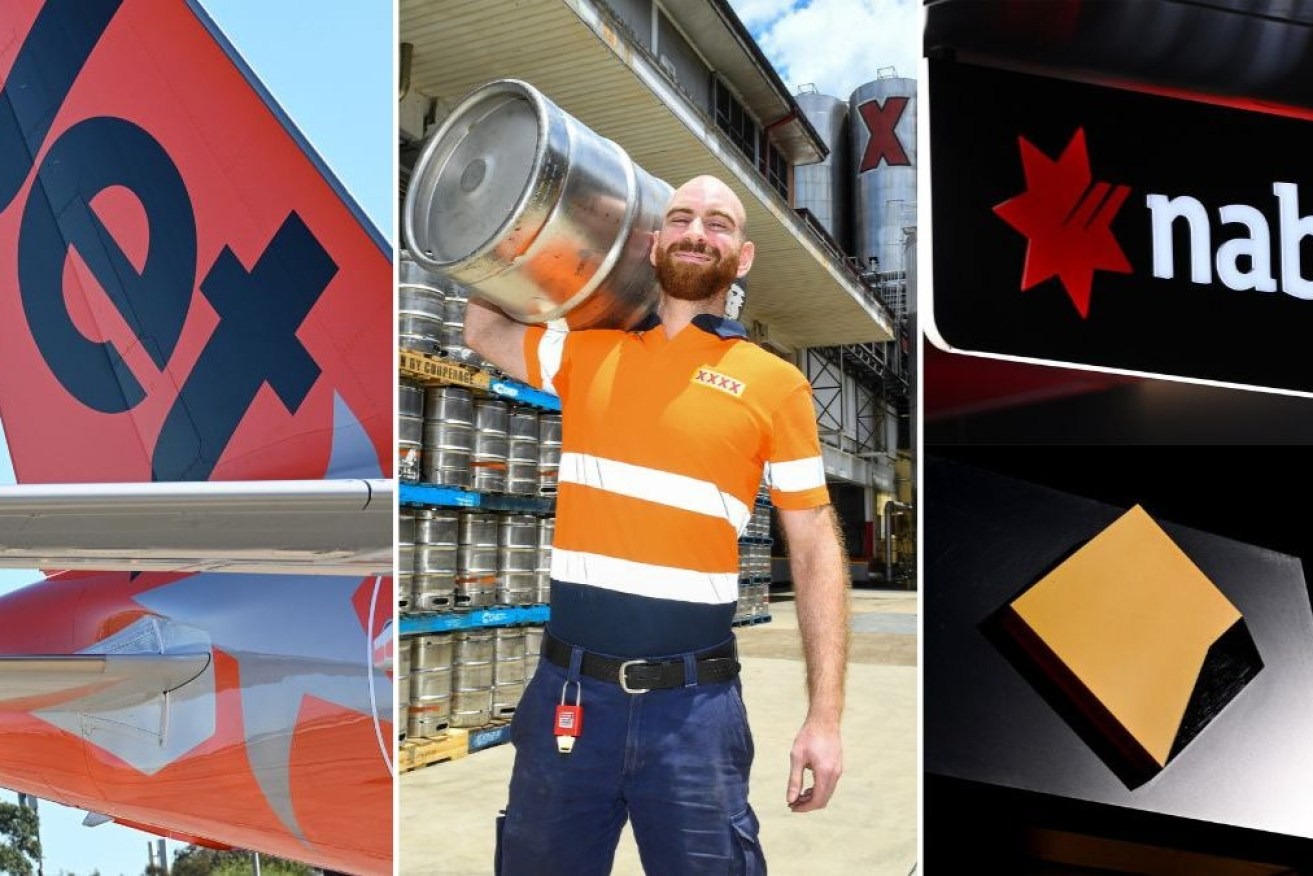Thousands of companies reveal gender pay gaps
Australia’s biggest pay gaps have been revealed for the first time, with airlines and banks exposed for salaries that heavily favour men – while one male-focused industry had a surprising result.

Of South Australia's top ten companies, Beach Energy had the largest pay gap and Adelaide Airport the smallest.
The data, published by the Workplace Gender Equality Agency (WGEA), included 5000 private employers with more than 100 workers in various industries, from breweries and banks to transport and warehousing.
It shows men earned more in 90 per cent or more of mining, electricity, water and waste services and financial and insurance services.
More than 80 per cent of those employers have a gap above 9.1 per cent. The national average is 21.7 per cent, equivalent to women earning $26,393 less than men annually.
There is also a link between more women in leadership roles and lower pay discrepancies, while employers with more women in management roles were 50 per cent more likely to have a neutral pay gap.
Australian airlines including Qantas, Jetstar and Virgin reported a median pay gap of 37 per cent, 43.7 per cent and 41.7 per cent respectively.
Qantas Group chief people officer Catherine Walsh said the data did not mean women were paid less than men to do the same jobs.
Rather, there was significant under-representation of women in more highly paid roles such as pilots and engineers, jobs the airline was working to encourage more women into.
“The years of training required for these roles means improving the gender balance of these work groups will take time,” Walsh said.
In South Australia, the major mining and energy companies had the same discrepancies, with Beach Energy having a median base pay gap of 30.1 per cent with 25 per cent of the workforce being women and only 8 per cent being in the top paying jobs.
Santos had a gap of 15.9 percent, with 25 per cent of the workforce being women and 12 per cent being in the top paying jobs.
Adelaide Airport was the best of the InDaily South Australian Business Index’s top 10 companies with a median base gap of 11.8 per cent and a relatively balanced workforce across all tiers of employment.
Banks also reported significant pay gaps in favour of men, including 18.8 per cent at NAB, 28.5 per cent at Westpac and 29.9 per cent at the Commonwealth Bank.
A CBA spokesperson said women reflected 54 per cent of the bank’s local workforce and 44 per cent of leadership roles.
But 71 per cent of customer service and operational roles, which typically have lower rates of pay, were held by women.
“CBA’s median pay gap reflects many factors influencing the gender pay gap more broadly, including the types of roles performed by women, the seniority of those roles and the composition of the workforce,” the spokesperson said.
Major brewer Lion, the maker of XXXX, Tooheys and Four Pillars gin, had a much lower median base pay gender gap of 1.4 per cent (or 8.4 per cent with bonuses and penalties).
The data has been broken down by industry into base salaries and total pay including superannuation, overtime and bonuses.
WGEA chief executive Mary Wooldridge said the data release, made possible by a legislative reform passed in 2023, was a significant step forward in understanding gender equality in Australian workplaces.
“Transparency and accountability is actually beneficial to employees, to the community and to the nation as a whole because gender equality is beneficial on all of those levels,” she said.
“(Pay gap reporting) is something that’s happened in other countries with very positive outcomes, and it’s a useful step in the journey to equality.”
University of South Australia workplace diversity expert Professor Carol Kulik said that unintended consequences have occurred in Denmark since 2006, when Danish firms were required to make pay information available on request to relevant parties such as unions.
While the legislative change narrowed the gender pay gap, employers responded by compressing salary distributions, she said.
“Instead of women being paid more, men were paid less,” Kulik said.
“Pay is an important motivator of employee performance, so a smart employer will close pay gaps by allocating separate funds to that purpose, rather than drawing funds from its rewards budget.”
While there was no legal requirement for organisations to reduce pay gaps, Wooldridge said employers who failed to act on the data would be disadvantaged.
“Employers can choose how they respond in relation to the publishing of this information, we’re not requiring them to do anything,” she said.
“But I think they fail to act on gender equality at their peril.
“Employers need to understand that this information can really be shaping the decisions of their future workforce.”
-with AAP




